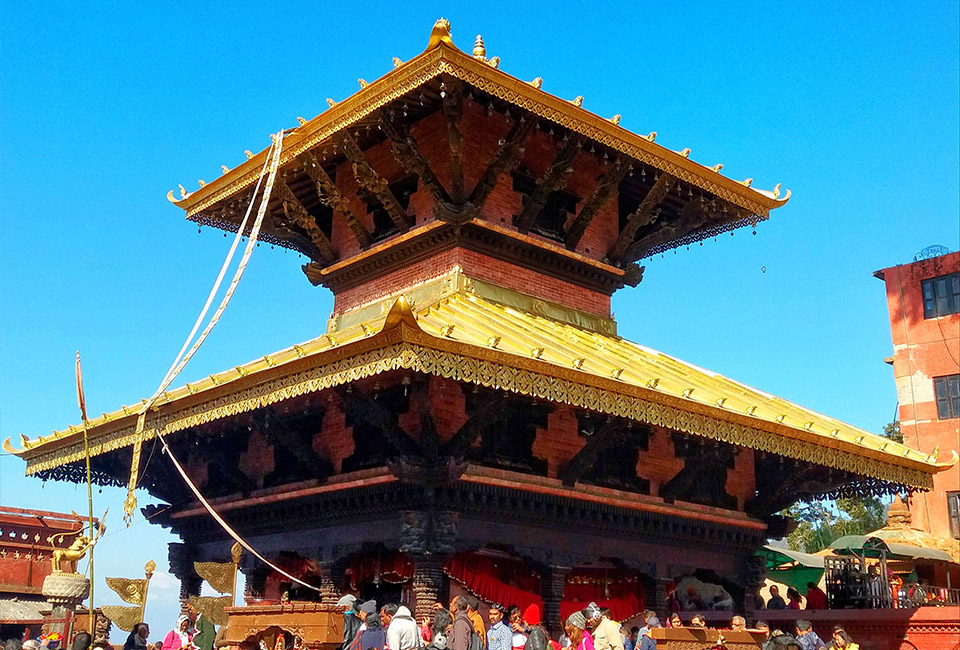
Mankamana Temple
A three hour drive, approximately 140 km west of Kathmandu lies the divine temple of Manakamana. It is a profoundly sacred shrine of Hindu Goddess Bhagwati, an incarnation of Parvati. The name Manakamana originates from two words, “mana” which means heart and “kamana” which means wish.. It is believed that the goddesses blesses those who make a pilgrimage to her shrine and grants their heartfelt wishes.
The Manakamana temple overlooks the Trisuli and Marshyang-di river valleys, and offers breathtaking views of the Manaslu, Himalchuli and Annapurna mountains to the north.
As per the ancient legends goes that dates back to the 17th century, it is believed that Manakamana is a reincarnation of the then queen of Gorkha. The queen possessed divine powers-a fact known only to Lakhan Thapa, her devotee. One day, when the king discovered that the queen was a Goddess, he mysteriously died. The queen committed “Sati” (ritual immolation) as was the custom during those times. Them some months later a farmer found a stone while digging his field from which milk and blood is said to have been pouring into the ground. The flow ceased when Lakhan Thapa worshipped the stone with tantric rituals. The site became the foundation of the present-day shrine. According to the tradition, the priest at the temple must be a descendent of Lakhan Thapa.
The temple is set in a square and looks across a massive sacred magnolia tree. The temple is four storied with tiered pagoda style roofs and lies on a square pedestal. In 1996, brass plates were installed on the roof. The entrance to the temple is in the south-west direction and is marked by one stone, which is the sacrificial pillar.
There are two alternatives for reaching the Manakamana Temple i.e. by cable car or by foot. The cable car rides over the distance of 2.8 kilometers for about 10 minutes. The cable car operates during the daytime from 9am to 5pm. Installed by an Austrian company, the Manakamana Cable Car has been operating since November 1998. There are 34 cable cars, among them 31 are for the passengers and 3 for the cargo. Each cable car has the capacity to carry 6 persons at a time. The system has a capacity of handling 600 persons per hour. The cable car technology has benefitted people a lot.
















